|
The Oh So Versatile Dandelion
(Taraxacum officinale)
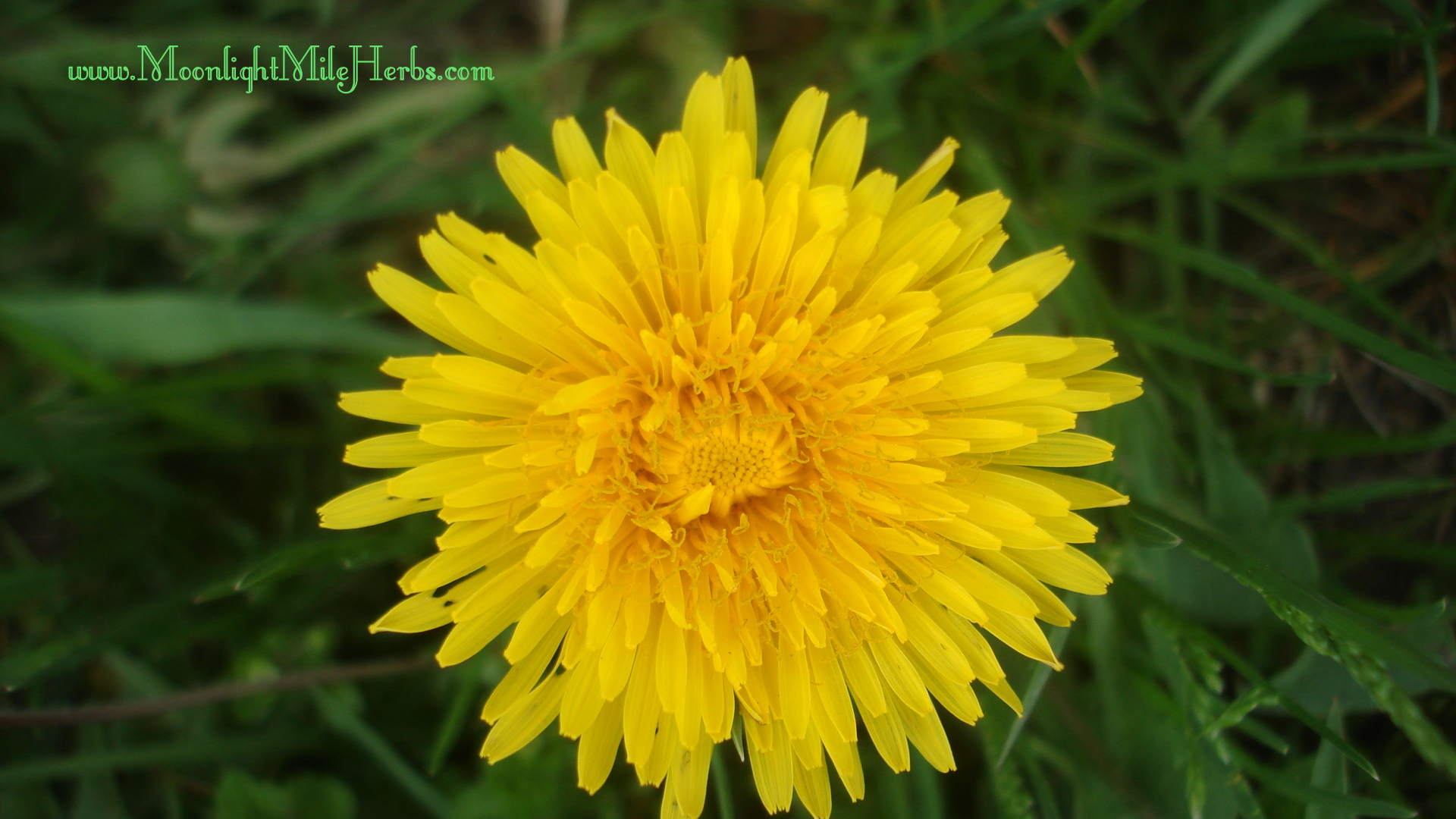
Dandelion is one of those wonderful herbs that not only is it universally found, but the whole plant can be used effectively.
The roots, leave, stems and flowers can all be used. Dandelion is unusual in that it's effects are dependant on the time of season you
harvest and the environmental factors under which it grows. For example, the raw leaves are much less bitter and "sweeter" in the spring than
they are in the Fall. It is so individual, that no two preparations of this plant will be identical. With that in mind, I urge you to use those
dandelions in local growing proximity (which should not be hard to do), for best results.
Dandelion (Taraxacum officinale) was named by a 15th century surgeon, calling it "dent-de-lion" noting the distinctive "tooth-shaped" leaf we all recognize. In fact, "lions-tooth" is
another common name. Although dandelion has many uses, I think it’s affinity for the digestive system, and its strong diuretic action make it a natural for keeping parasite overloads
in check. It can also be a helpful part of a more formal worming recipe. I use it with pumpkin, garlic, and carrots in the fall when my pumpkins come in (see Fall Season Herbal
Wormer and Alterative, Backyard Poultry Magazine Oct/Nov 2009).
Dandelion is a biennial that grows everywhere (except perhaps the North Pole!), and prefers partial or full sun, although the leaves will grow bigger in partial/shade areas.
It seems to like rich, loamy soil and prefers more moist soil than dry conditions. We all not only know the look of the distinctive leaves as I noted earlier, but probably also the
flower, a beautiful sunny bright yellow, growing up to 20” on a hollow stem. The flowers turn into a "puffball" of seeds, to be dispersed with the wind. How many of us
remember as kids blowing away at those puffballs, helping Mother Nature with that chore! Herbal preparations include water infusions or decoctions (teas), and tinctures
of the fresh or dried leaves and flowers (in alcohol). Dandelion root can be steamed, broiled, roasted and toasted. Because dandelion grows everywhere, and should not be
a problem to harvest, just make sure it is clean and free of any herbicide or road or foot traffic residue. The roots leave, stems and flowers can all be used, and your
flock will relish them all!
Dandelion is a wonderful source of minerals, vitamins, fiber, micronutrients, lecithin, and biologically active substances. A myriad of constituents that makes
it a pretty complete herb. Dandelion can be used to stimulate liver function acting as a diuretic, in which it also has also has ample potassium to replace what
is lost through that diuretic action. Its bitterness is what stimulates digestion. Dandelion is good for general energy building and nutritive tonics.
Dandelion is unusual in that its effects are dependent on the time of season it is harvested, and the environmental factors under which it grows.
For example, the raw leaves are much less bitter and "sweeter" in the spring than they are in the fall, so it will aid digestion much more in one season
than the other. It is so individual, that no two preparations of this plant will be identical, truly drawing from what is in its immediate environment.
With that in mind, I urge you to use those dandelions in local growing proximity (which should not be hard to do), for best results. That means it is
drawing from what your poultry will find most beneficial.
Roots
The roots are generally used for a liver tonic, by stimulating bile production and circulation throughout the liver, but in a very gentle way.
You can dry and grind the long tap roots and feed to your poultry in the winter mixed in their feed. It will help to add body weight to help keep them warm.
Poultry will also eat the raw root and you can give them that along with the whole plant to eat when fresh. Gather the roots as late as you can into the fall,
as then the root will contain the highest concentration of constituents.
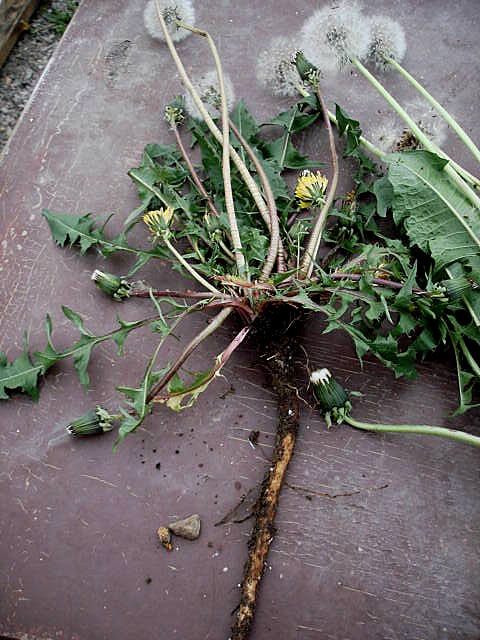
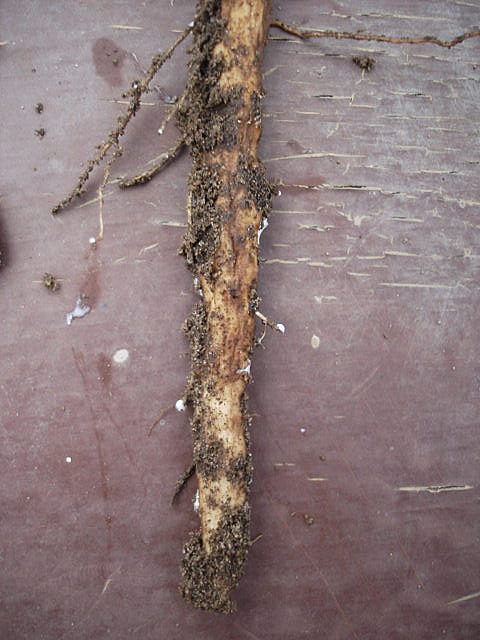
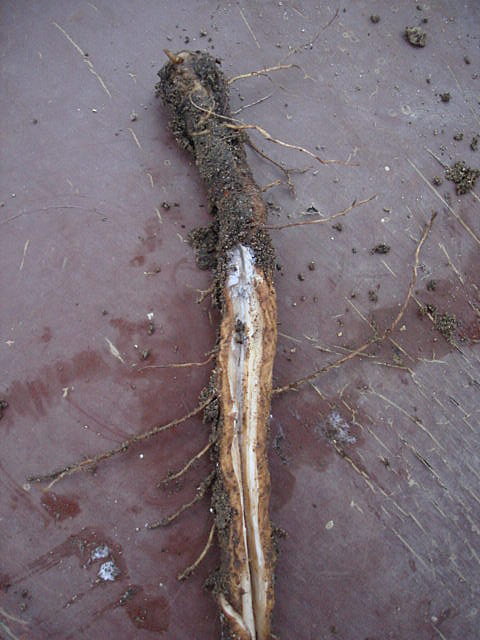
At the top of the root and the base of the stem, you will find milky sap that is known as latex, which will coagulate on exposure to air.
It is a complex emulsion in which proteins, alkaloids, starches, sugars, oils, tannins, resins and gums are found. My poultry seems to really
love the latex and they will eat it readily if I break open the plant.
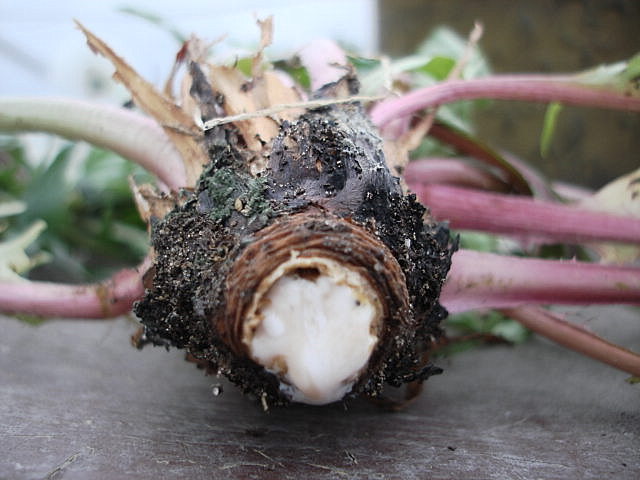

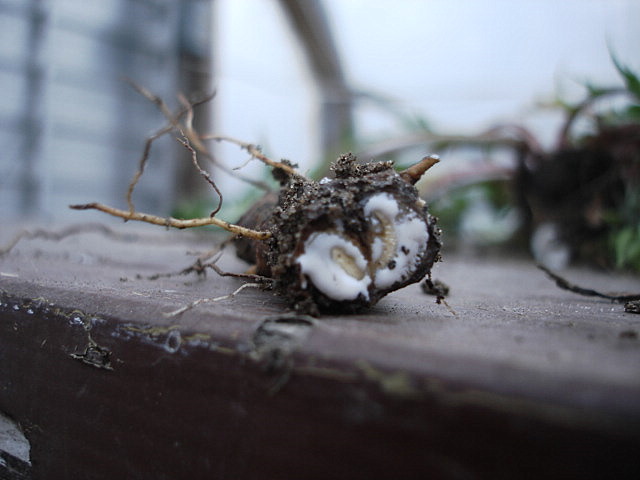
Leaves
Dandelion leaves can be fed fresh or dried. It can be made into a tea and a nice addition during winter for good effect on the hepatic system for food digestion.
This can give needed support during the cold winter months when your poultry is eating more grains. If you are drying the leaves, do not rinse them off with water
and make sure they are completely dried out before storing to prevent molding.

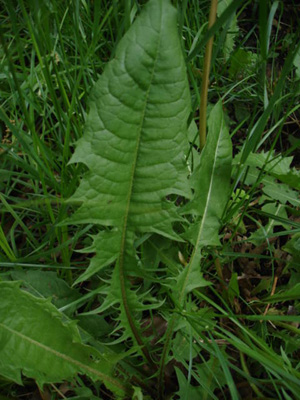
Ready to make seed. To keep the plant population going, it is best to harvest after this point!


Poultry love the hollow stalks, and will suck them up just like a piece of spaghetti. They are juicy and tender, and a favorite part of the plant they love to eat.
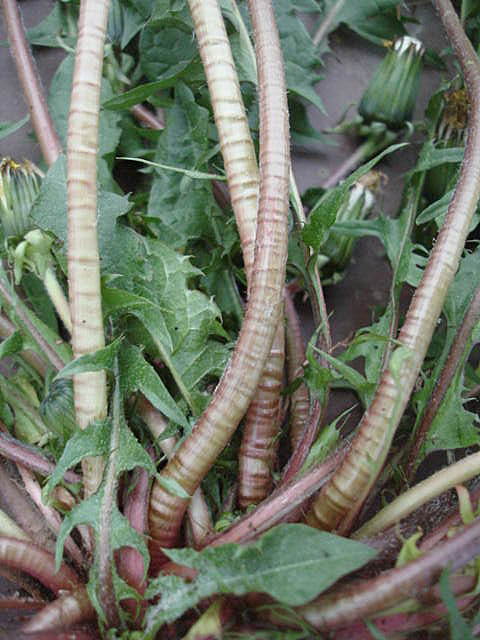
Once you start using dandelion for your flock, you will become more and more appreciative how prolific its offerings are for you to use,
but especially as a digestive aid and maintenance to keeping a healthy balance of microbes in the gut of your flock.
|
|
Moonlight Mile Herb Farm © 2007 Susan Burek
|

